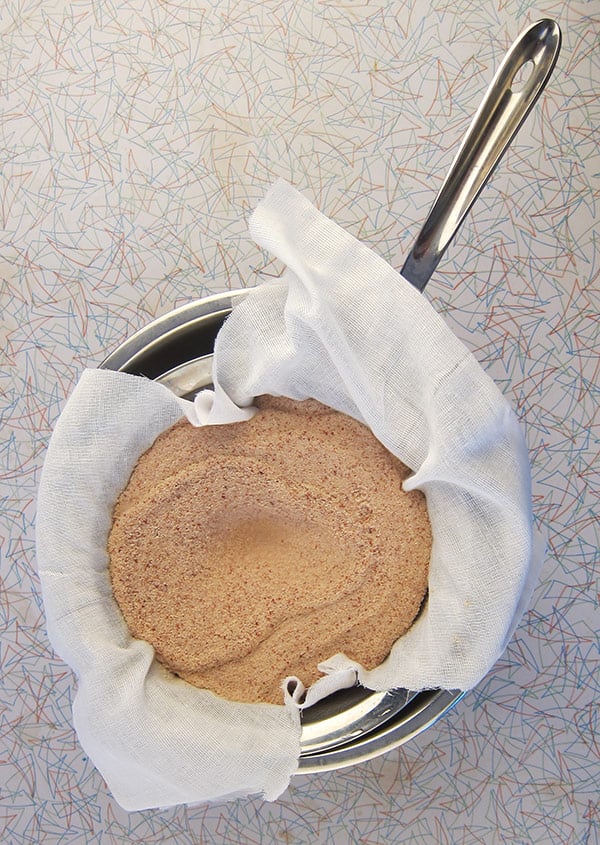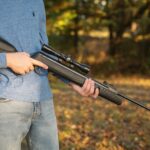I started using jigs for trout here in eastern Washington a few years ago.
First as a novel alternative to heavily pressured trout, then as I discovered their versatility and raw effectiveness, they became my out-of-the-truck first shot go-to for all trout species.
In all the lakes I happen to be at the time, large or small, from April to November, jigs catch trout of all sizes as well, or dare I say better than most techniques. Best of all, it gets the attention of larger fish with regularity. So it made perfect sense to me to bring my plethora of jigs with me on a spring trip to western Montana last April.
Turns out, jigs work well over there in all types of water, not just lakes, but rivers as well. And no one, I mean no one is using these things in Big Sky rivers.
Recently transplanted 35 year ex-Forks steelhead guide JD Love and I were floating a few rivers near his new home in western Montana last early spring, and once again in mid-October. The rivers we targeted are no secret; they are some of the more famous trout streams on the planet.
The Jefferson below the mouth of the Big Hole; the big Missouri below the confluence of the Jefferson, Madison and Gallatin; the Madison just above the entrance of Ennis Lake. Even smaller streams like the Beaverhead and Ruby, which we fished from shore, all just a short hike from the parking spot provided excellent jig fishing.
All feature a thousand wild trout per mile (or more) and all are more than famous for brown trout measured in pounds.
Let’s not forget the world record brown trout was caught on a twitched jig.
Our last day of the season was spent floating the Jefferson from Twin Bridges to Silver Star access. It was Wild Kingdom that day; we saw a few moose (a little too close), a billion deer, partying packs of skunks and too many migratory waterfowl.
The jig of trout choice that day (water had 4 feet of visibility) was either a yellow or white ¼-ounce head with a #1 Gamakatsu jig hook; brown/light green hackle collar and 5” fire tiger rabbit strip tail. Lots of contrast, bright colors to show well in the deeper slots and faster water.
We hooked around 40 trout, mostly browns but a few rainbows that would have passes for small summer steelhead back home, including one about 7 pounds that fought like a Dean River steelhead. Most of the browns (and rainbows) in all the rivers we fished were 16 to 24 inches, biggest perhaps 5 pounds. All struck the jigs with a ravenous rip-down.
My “new thang” is large brown trout.
You know we river rats love a new challenge; mine somehow morphed to finding large, wary fish-eating trout on light gear. And since we really don’t have that many brown trout fisheries around my house in eastern Washington, some travel is necessary. Just so happens I now have a great friend who lives a 9-iron shot (and guided there for years in the 70s) from the best brown trout rivers on North America.
Montana trout fishers, fly tossers in particular, have a jones for large brown trout.
Sure, they take big dries and nymphs as well as any trout, but the real kings of the riffles want a steak, not a peanut. As you will find out from the many articles and just conversations with trout fishers, the largest browns will chase and strike something that is almost 1/3 the length of their body.
That is why when you see a guide boat float by bets are there are at least two fly rods on board rigged with 4- to 6-inch gaudy, articulated streamer flies for targeting the rulers of the river.
Big wily browns seem to strike brightly colored jigs a bit more than natural-toned.
Trout seem to strike out of curiosity at these big jigs. This may be why a bright attractor pattern is more effective than a natural one. The trick to getting the largest ones is not so much “matching the hatch,” but showing them a possible large meal when they want it. If a 10 pounder just ate a 12-inch whitefish, he is not eating (striking) again until hungry.
Timing is everything, and covering as much water as possible in a day gives you the best odds of finding one that just strapped on the feed bag.
Gear anglers also know this, as you will see them tossing spinners, some spoons but primarily jointed similar-sized Rapalas to stir up the carnivorous larger browns, and even rainbows. But no jig tossers in any of the rivers. You may think, the natural progression from a large streamer would be a jig tied similar. Nope.
After speaking with several long time guides, plus dialing up the ol’ Internet looking for information, remarkable as it may seem there is just nothing on the subject. If those anglers are out there, there are either very few or they are well hidden and secretive.
Plenty of info on jig twitching in general in lakes or fishing tiny jigs in rivers…tossing big rabbit jigs for trophy browns in rivers, zilch. I really could not believe it, but a light bulb, flickering and fizzling as it was, lit up.
Knowing this, I returned home to the fly vise and did some modifications on the standard-issue trout jig. My working-class jigs are primarily 1/8 to ¼ ounce with hackle body/marabou tails, the whole jig approximately 3 to almost 4 inches. These are marvelous attractors for cutthroat, rainbow, and brook trout; hundreds of great trout have gripped these for me the last 5 years.
Taking a leaf from the streamer fisher’s bible, I made something that mimics the big streamers so popular in Montana and other rivers that feature outsized browns. Except the jig, having a concentrated weight on its head, sinks faster than any sink tip and can be presented where and when a fly, no matter how it is weighted, cannot. Enter the rabbit strip jig.
As we all know, nothing in the water is as life-like as rabbit. Marabou is close, and it is a fine addition (collars, etc.) to a rabbit strip. Jig twitching is all about the world of swimming prey. Big brown trout are meat-eaters; they can ingest (and will attack) something that is 1/3 the size of their bodies.
Whether that prey is small fish, like trout or sculpins, darting crayfish, big leeches or even snakes, they all swim erratically. That is why an undulating, wiggling “breathing” rabbit strip jig pretty much is unbeatable if you want a gimme shot at Ike.
Let’s look at rods, reels, lines for jigging in rivers for large trout, then a bit on techniques for fishing big bunny jigs in rivers.
The Gear
Short, fast action ultra-light rods are key when casting/presenting jigs. My choice is a GLoomis ultra-light spin rod. It loads fast with 1/8- to ¼-ounce jigs, casts and sets hooks with deceptive power. I’ve landed trout to 12 pounds on it and never felt under gunned. Put a Shimano Stradic on it, fill it with 10 pound (fishes heavier) yellow V2 Slick Power Pro, and place a 7-foot top shot of 12-pound high-quality fluorocarbon with a uni knot.
Line shyness is rarely a factor, do yourself a favor and “beef up” that top shot, nothing less than 10-pound test. The super line does not stretch; its 6-pound test mono diameter is perfect for longer casts, spool capacity, amazing feel, and hook sets that mono can’t touch. This outfit or one similar is ideal for tossing/twitching jigs either in a river or in lakes.
I try to keep three rods in the raft/drift boat rigged with jigs of slightly different color schemes, for example, one with white head with brown/green hackle body/fire tiger bunny strip tail; yellow head/dark red hackle body/fire tiger bunny tail and black head/brown hackle body/olive black stripe bunny tail. I’m not a fan of using any type of flash in my jig patterns but if you want, go for it. What isn’t tried won’t work.
The Technique
For smaller rivers, requiring shorter casts and/or shallower holding areas in larger rivers, a 1/8-ounce jig head is all you need.
For example, in the shallow/riffly Madison a 1/8-ounce head got down immediately in the mostly shallow riffly runs, while a ¼-ounce was necessary in the bigger Jefferson and Madison when longer casts and deeper spots are the norm. Read your water, adjust accordingly.
Now you are on one of those famous rivers.
Where do I look for trout? First, unplug your steelheading brain and leave it in the truck. Those gorgeous, long sweeping gravel bars, transitioning from shallow slow flows out to deeper, faster water… forget it. Nobody home.
Only whitefish, sculpin and small juveniles will be there in the “steelhead” transition water. This drove me batcrap nuts looking at all those juicy runs that hold no fish.
These trout live right next to cut banks, near woody debris and slack water side channels (like coho salmon love). If there is no other deepwater escape (like the primarily riffle configured Madison) then look for structure of any type.
If I had to pick one type of water to concentrate on, it would be cut banks.
That is where the insects and small creatures fall off the grasses into the water, plus the best cover. When targeting cut banks, try to position yourself as close to the bank as you can without spooking fish. Casting upstream parallel to the bank allows the jig to stay in the “loaded” water longer. Rather than casting toward the bank and retrieving the jig away, it stays in the strike zone for far more of the presentation.
Before making a cast or beginning a presentation, keep this in the front of the brain at all times: All injured, disoriented creatures move downstream at some pace because they cannot fight the current, or escaping from a predator is far more likely to be successful going swiftly with the current than attempting to go against. Cast upstream from your position whenever possible; this allows the jig to sink unimpeded by current, allowing it to drop into target water as swift as possible.
Your jig should land as close as possible to cut banks, submerged/partially submerged trees, boulders, and edges of back water. Large trout, any trout, will be tight up against this structure/drop off. Work it back, at or slightly slower than current speed back to your position, much like a spinner for summer steelhead. Don’t be too fast to begin your presentation, as this causes the jig to leave the “sweet spot” quickly.
Allow it to drop as close as possible to the bottom as well.
The best part about casting jigs is there is virtually no water that cannot be fished.
Skinny slack edges, plunge pools, long riffles, you name it, the jig works there. Do try to keep the jig near the bottom but try to avoid rapid banging, as all this does is kill the action, chips off all your head paint, and greatly increases the chance for snagging up and losing your jig.
The classic “twitch/drop/twitch/drop/reel” will get bit, but try not to be too robotic or lazy. A short, swift movement of the rod tip will be all you need to impart plenty of action to the jig. Long, up-sweeping motions rarely work. Try to shake up the rhythm of your retrieve, because nothing injured swims in rhythm. They can go side to side, wiggle rapidly, dart several feet, or a few inches. So, there is not one tried and true method of “twitching” for big river trout. There are not two, or five either.
Different speed of retrieve, all through the water column. Try a drift, casting upstream from your position. Pretend its 1985; you have a chunk of pencil lead on and a Corky. Keep the jig just above the bottom, “glide” it along at current speed and impart zero action. Something different is often what works. Regardless of the type of presentation, try to keep a slight bow in the line, never slack but never taught, as if you were spoon fishing. This allows more imparted action to the jig. Also, try and move the rod tip a foot or so rapidly side-to-side when retrieving; it will add a zigzag motion to the jig.
And here’s something I learned after missing too many really large Montana browns- do not give up on a presentation until the jig is ready to be lifted out for the next cast.
I’ve had great fish swirl at the jig just before lifting it out for the next cast. Before you pull the lure out of the water, let it hang and wiggle a bit a few feet off the rod tip. Surprise! That is when you will be glad for at least 12-pound test shock tippet off that braid.
The biggest rainbow I’ve ever caught in Montana was seven pounds, it gripped the jig inches under the water immediately before I was about to re-cast. I peed a little.
When you find yourself in western Montana- and I hope you do- if you just want to catch a lot of trout with the chance for a larger one, toss 1/6th oz. silver bladed/yellow bodied Rooster Tails or smaller, natural-toned jigs. Or indicator fish with a fly rod with weighted nymphs if you really want some numbers.
Casting/retrieving an F-9 rainbow trout pattern Rapala will also get big fish eating browns, but they are not as versatile in ability to hit virtually any type of water like a jig. But remember- big fish, big lure.
And how did we do, last spring and fall twitching large rabbit/marabou jigs for aggressive, carnivorous browns? Well first, check out the pictures smattered around this article and just know there were plenty of players in all the places we fished.
There are so many more rivers, even many other stretches of the same ones we fished that crowding I promise will never be an issue. Even if there are some folks floating in front of you, know that none of them will be twitching big rabbit jigs. They will be nymphing with an indicator or stripping large flies on fly rods.

My ten-pound brown is waiting….
– written by Bill Herzog








![Air gun 101: The differences between .177 & .22 – Which jobs they do best ? [Infographic]](https://airgunmaniac.b-cdn.net/wp-content/uploads/2024/11/1773-218x150.jpeg)

































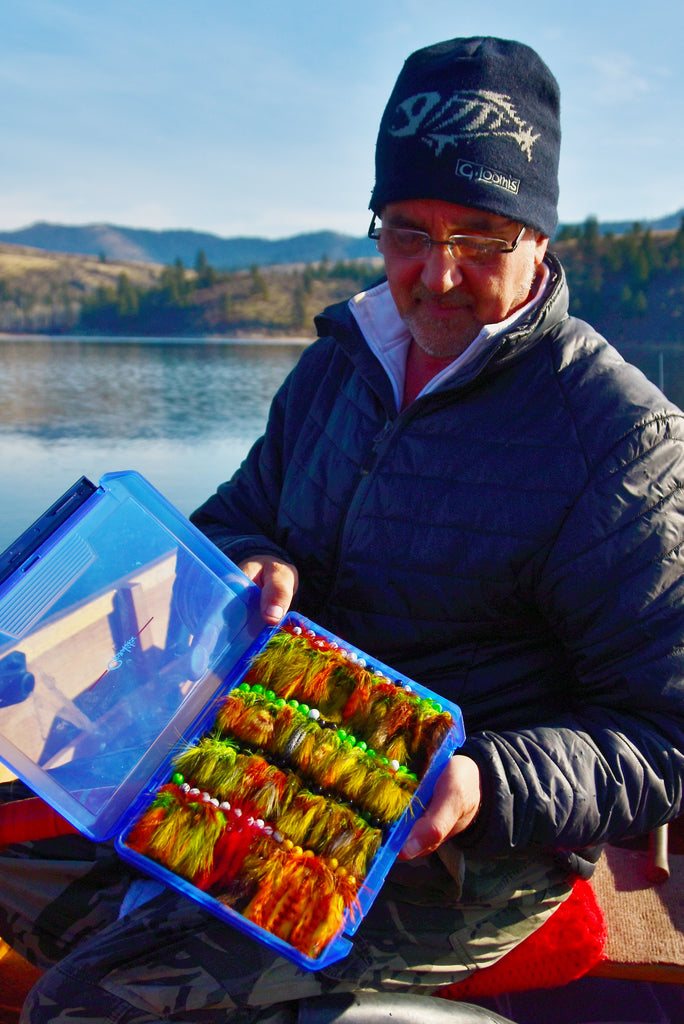



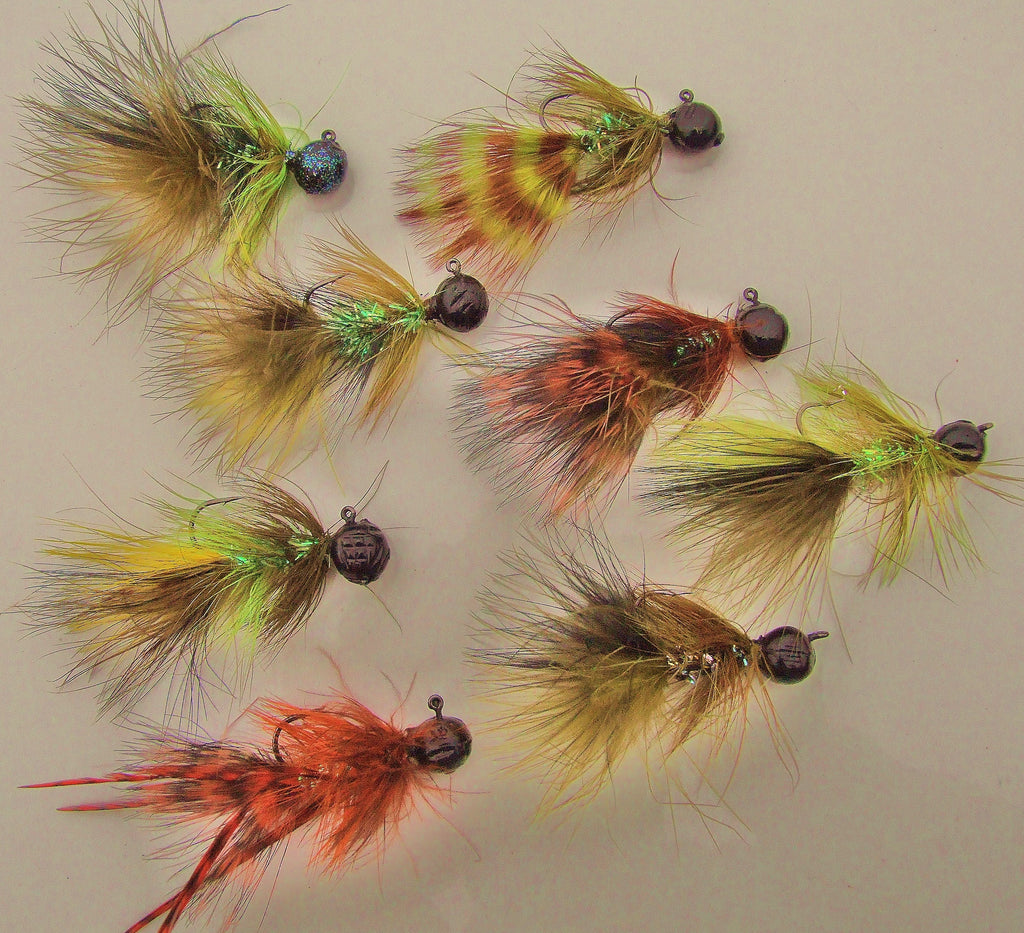






























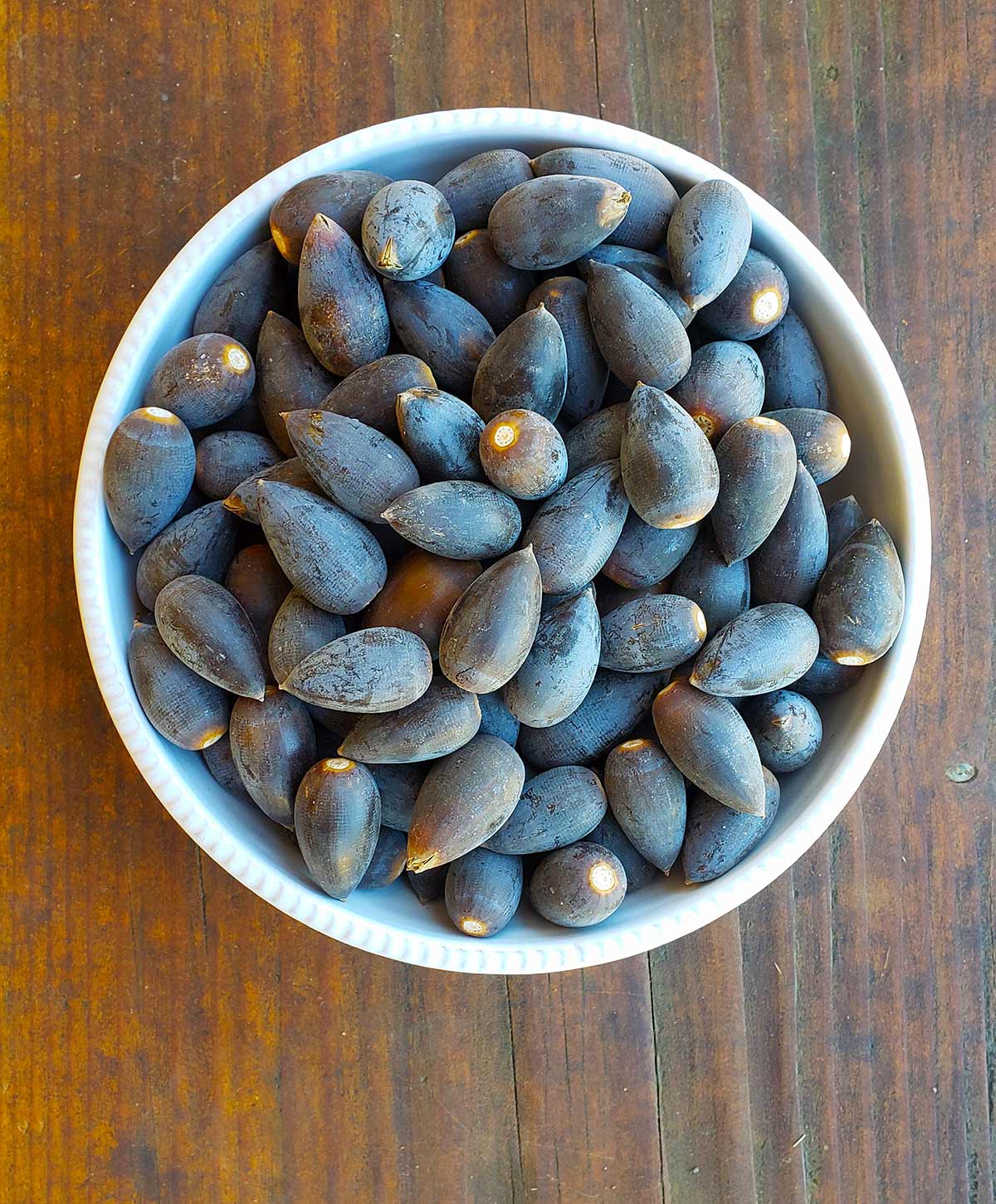
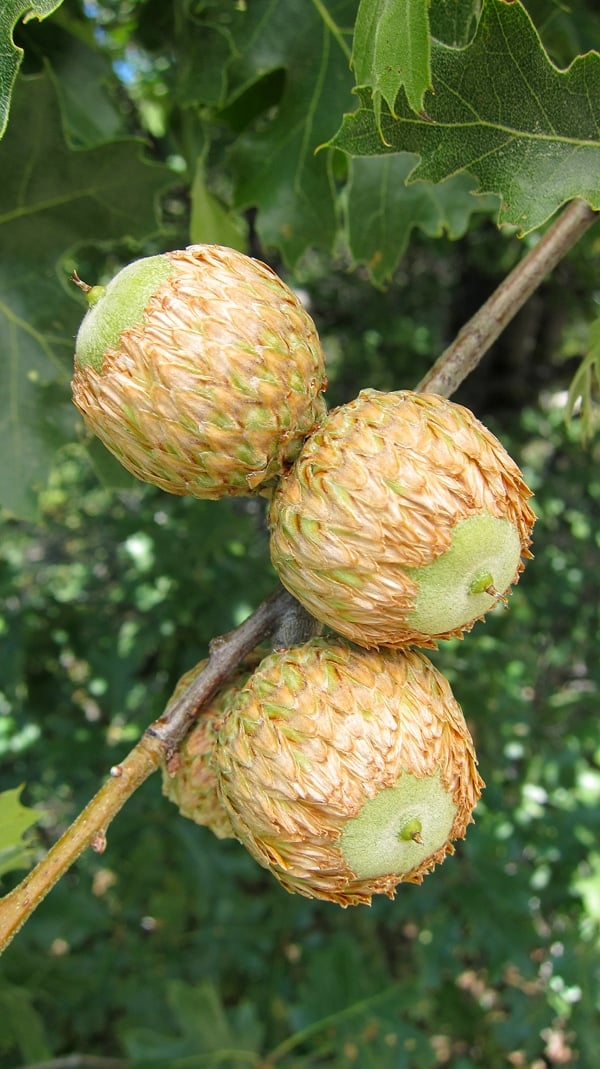 says she likes to collect Tanoak acorns in February and March, after many have begun sprouting.
says she likes to collect Tanoak acorns in February and March, after many have begun sprouting.